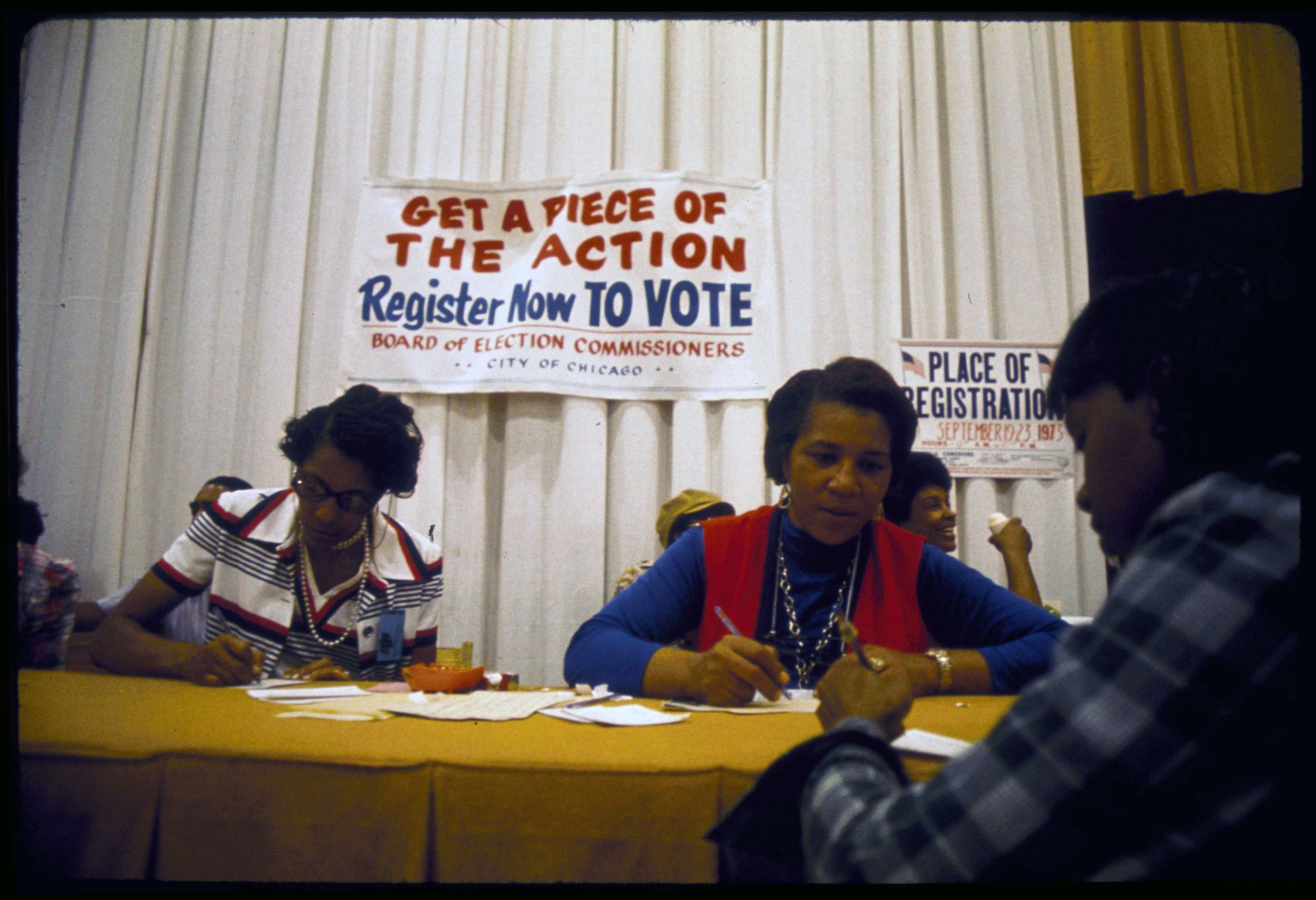How Can People Make a Difference?
Seeing the Big Picture
All documents and text associated with this activity are printed below, followed by a worksheet for student responses.Introduction
There are many ways you can have a say in your government and make a difference in your community!Examine each document and match it to the correct example of how people can make a difference.
Name:
Class:
Class:
Worksheet
How Can People Make a Difference?
Seeing the Big Picture
Examine the documents and text included in this activity. Consider how each document or piece of text relates to each other and create matched pairs. Write the text or document number next to its match below. Write your conclusion response in the space provided.1
2
3
4
5
6
1
Activity Element
They can volunteer in their communities.
2
Activity Element
They can speak out about issues they think are important.
3
Activity Element
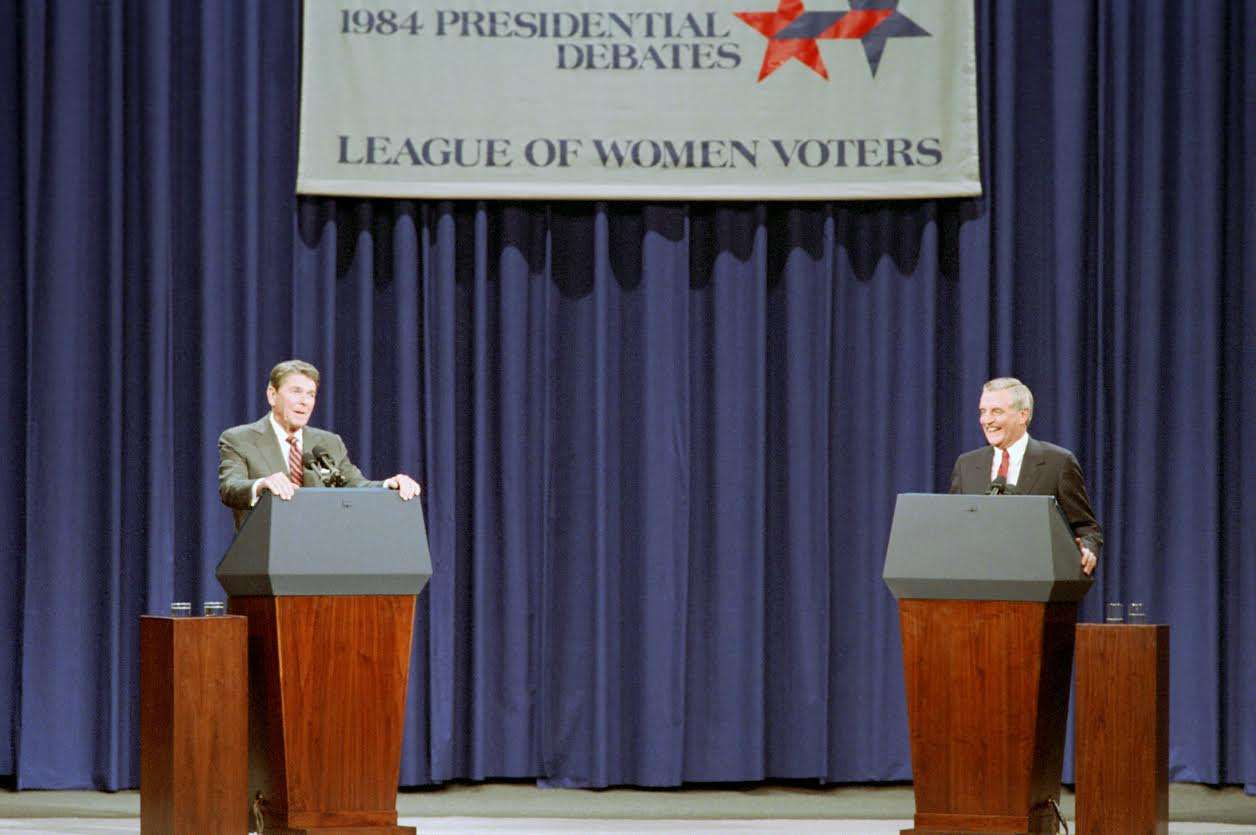
4
Activity Element
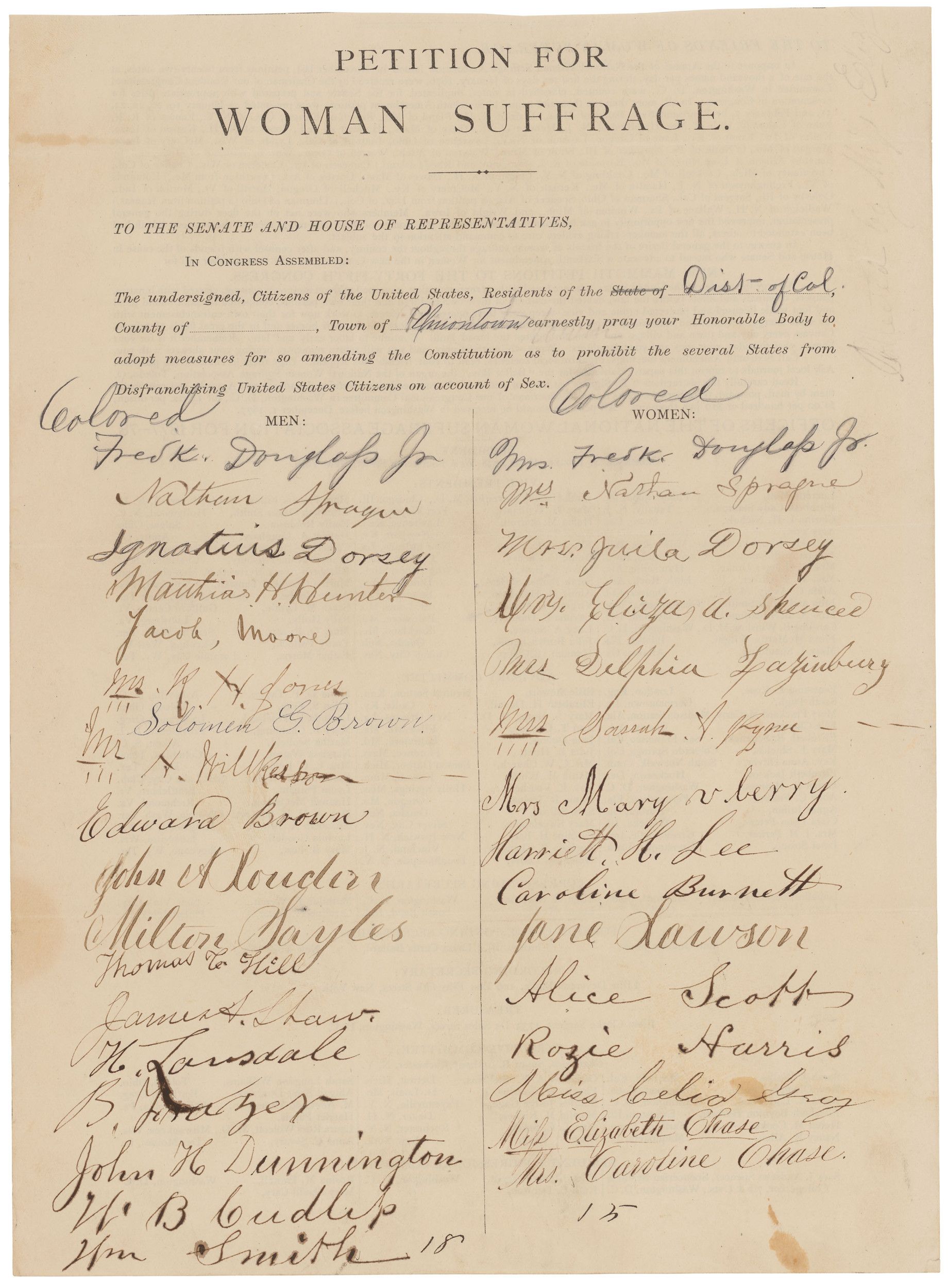
5
Activity Element
They can register to vote in elections and help shape the government by voting for people who share their views.
6
Activity Element

7
Activity Element
They can peaceably assemble for demonstrations in support of issues they care about.
8
Activity Element
They can run for office and if elected, use their power to make a difference.
9
Activity Element
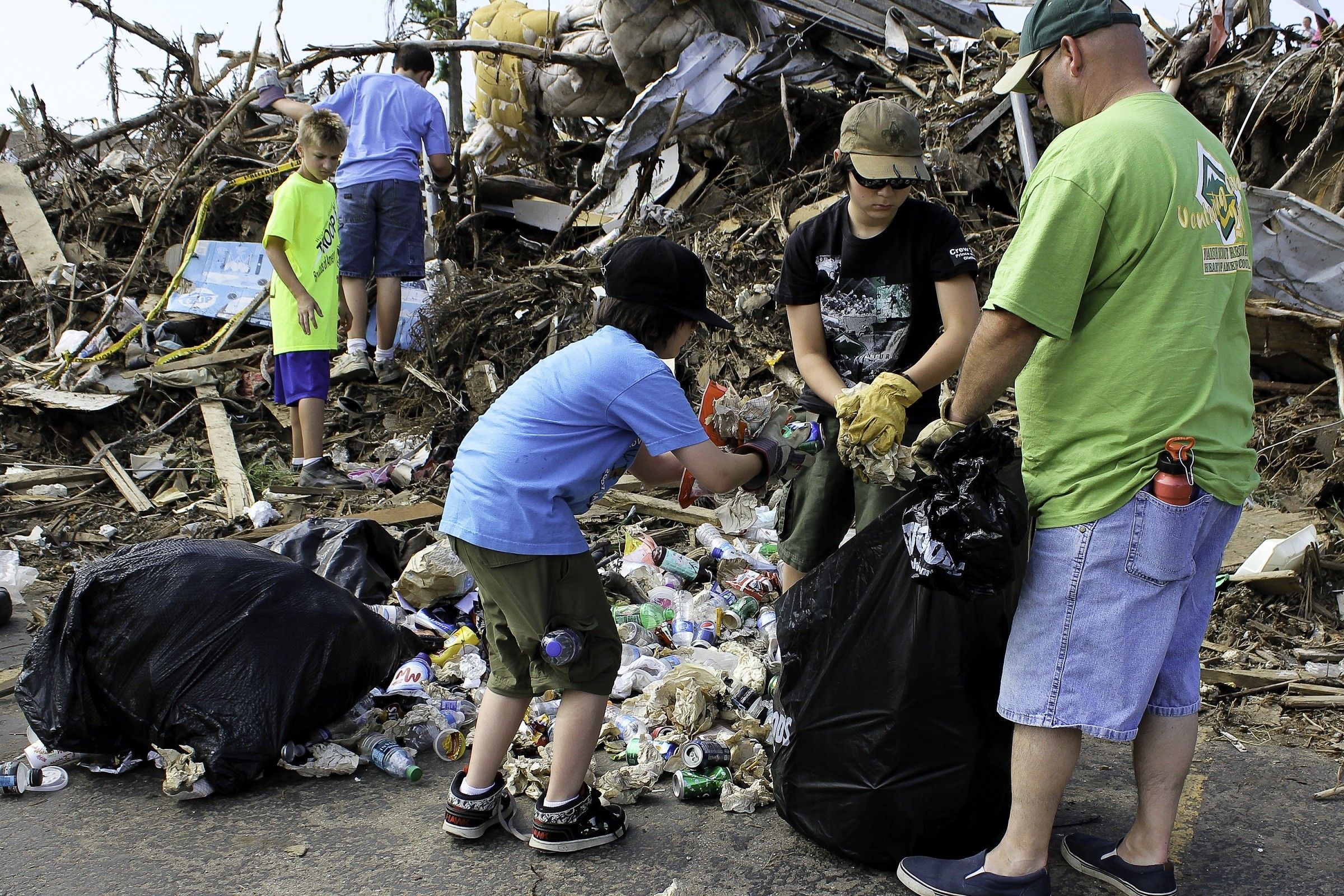
10
Activity Element

11
Activity Element
They can sign petitions that ask the government to make changes.
12
Activity Element
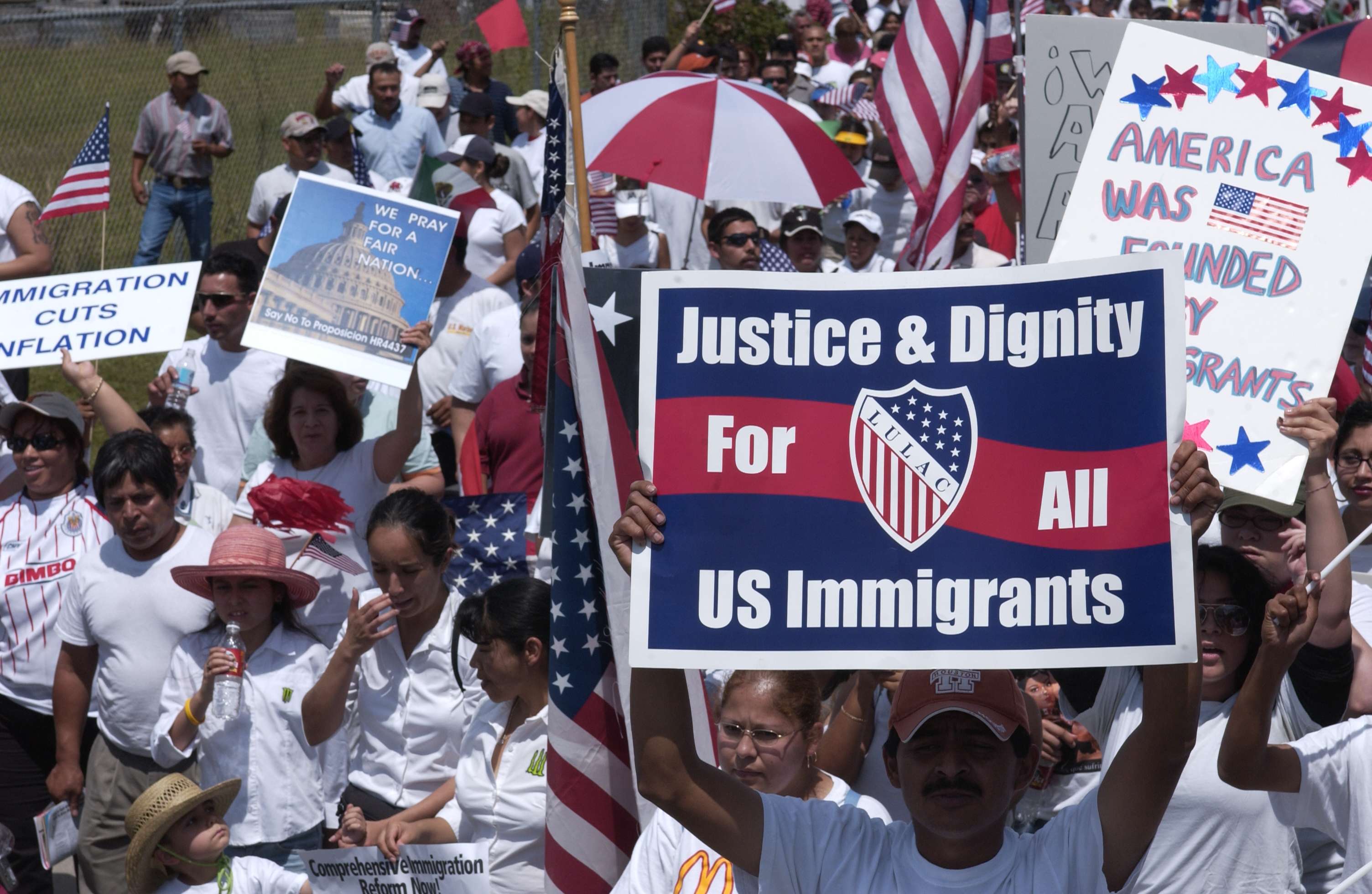
Culminating Document
Full Citation: . [Online Version, https://docsteach.org/documents/document/, April 16, 2024]
Conclusion
How Can People Make a Difference?
Seeing the Big Picture
The final document is a photo of the National Archives building in Washington, DC. The National Archives preserves and protects the records of the United States government. These records include documents or materials like photographs, videos, artwork, etc., that are created or collected by the government. Among these records you can find examples of how people can participate and make a difference in their communities, including the examples you just examined!Take another look at the different examples of ways to make a difference that you discovered today. Think about the following questions:
1. Which documents show examples of ways you can make a difference in your own community today?
2. Which documents show examples of ways to participate that have additional requirements? (For example, age requirements.)
Your Response
Document
Demonstration by Hispanics [and other groups] on behalf of immigrant rights, Houston, Texas
4/11/2006
This photograph shows a demonstration to support immigrant rights that was held in Houston, Texas, on April 11th, 2006.
This primary source comes from the General Records of the Department of Housing and Urban Development.
National Archives Identifier: 24076494
Full Citation: Photograph 207-DP-10075_DSC_6733.JPG; Demonstration by Hispanics [and other groups] on behalf of immigrant rights, Houston, Texas; 4/11/2006; Photographs Documenting the Secretary's Headquarters and Field Activities, and Agency Officials and Events, 2001 - 2008; General Records of the Department of Housing and Urban Development, ; National Archives at College Park, College Park, MD. [Online Version, https://docsteach.org/documents/document/12-demonstration-immigrant-rights, April 16, 2024]Demonstration by Hispanics [and other groups] on behalf of immigrant rights, Houston, Texas
Page 1
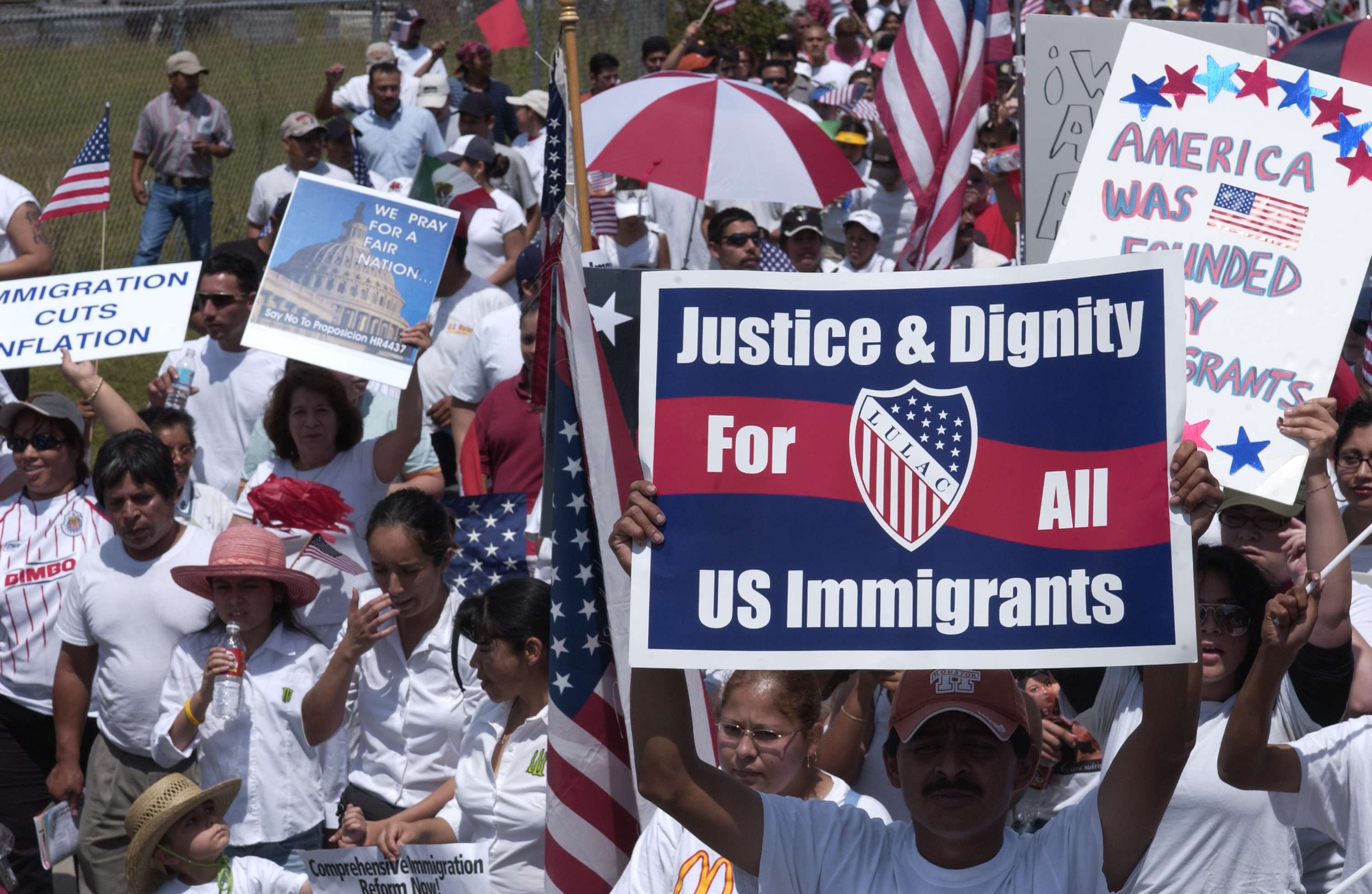
Document
1,000 Boy Scouts volunteer
8/6/2011
Nearly 1,000 Boy Scouts volunteered to clean debris around Joplin's schools Saturday August 6. Shown are members of Boy Scout Troop 61 from West Plains, Missouri who will earn a special badge for their volunteer work.
This primary source comes from the Records of the Federal Emergency Management Agency.
National Archives Identifier: 7857282
Full Citation: 1,000 Boy Scouts volunteer; 8/6/2011; Records of the Federal Emergency Management Agency, . [Online Version, https://docsteach.org/documents/document/1000-boy-scouts-volunteer, April 16, 2024]1,000 Boy Scouts volunteer
Page 1
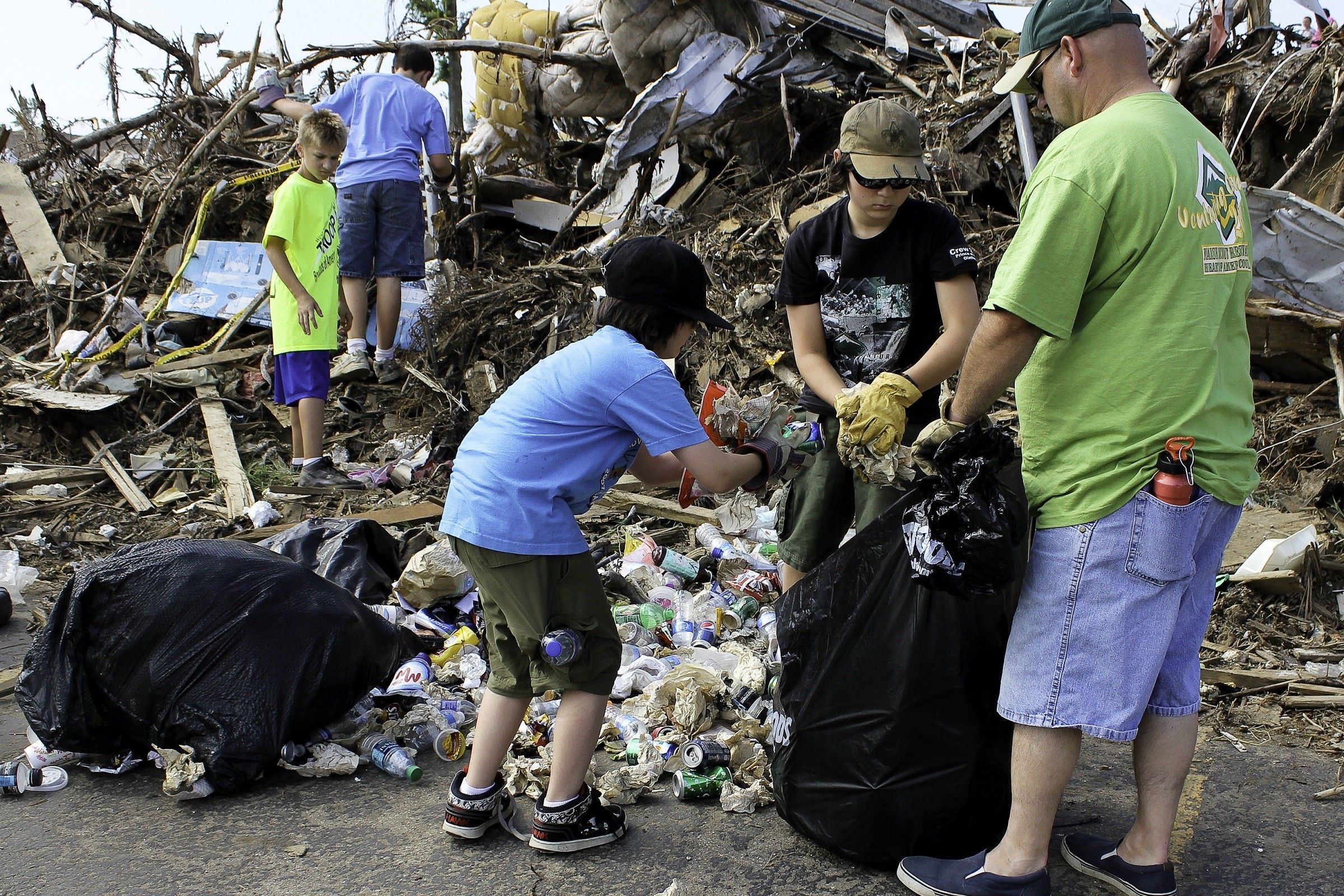
Document
Petition for Woman Suffrage from Frederick Douglass Jr. and Other Residents of the District of Columbia
1878
Wealthy white women were not the only supporters of woman suffrage. Frederick Douglass, a former slave and leader of the abolition movement, and his children were also advocates. Douglass attended the Seneca Falls Convention in 1848; and in an editorial published that year in his newspaper, The North Star, he wrote, "...in respect to political rights...there can be no reason in the world for denying to woman the elective franchise..."
By 1877, when he was U.S. marshal for the District of Columbia, Douglass's family was also involved in the movement. His son, Frederick Douglass, Jr.; daughter, Rosetta Douglass Sprague ("Mrs. Nathan Sprague," a member of the National Association of Colored Women (NACW)); and son-in-law, Nathan Sprague, all signed this petition to Congress for woman suffrage "...to prohibit the several States from Disfranchising United States Citizens on account of Sex." This petition was part of a petition drive organized by the National Woman Suffrage Association calling for a constitutional amendment that would give women the right to vote.
In addition, a growing number of black women actively supported woman's suffrage during this period. Prominent African-American suffragists included Ida B. Wells-Barnett of Chicago, a leading crusader against lynching; Mary Church Terrell, educator and first president of the NACW; and Adella Hunt Logan, Tuskegee Institute faculty member, who insisted in articles in The Crisis, that if white women needed the vote to protect their rights, then black women – victims of racism as well as sexism – needed the ballot even more.
By 1877, when he was U.S. marshal for the District of Columbia, Douglass's family was also involved in the movement. His son, Frederick Douglass, Jr.; daughter, Rosetta Douglass Sprague ("Mrs. Nathan Sprague," a member of the National Association of Colored Women (NACW)); and son-in-law, Nathan Sprague, all signed this petition to Congress for woman suffrage "...to prohibit the several States from Disfranchising United States Citizens on account of Sex." This petition was part of a petition drive organized by the National Woman Suffrage Association calling for a constitutional amendment that would give women the right to vote.
In addition, a growing number of black women actively supported woman's suffrage during this period. Prominent African-American suffragists included Ida B. Wells-Barnett of Chicago, a leading crusader against lynching; Mary Church Terrell, educator and first president of the NACW; and Adella Hunt Logan, Tuskegee Institute faculty member, who insisted in articles in The Crisis, that if white women needed the vote to protect their rights, then black women – victims of racism as well as sexism – needed the ballot even more.
This primary source comes from the Records of the U.S. House of Representatives, 1789 - 2011.
National Archives Identifier: 7330216
Full Citation: Petition for Woman Suffrage from Frederick Douglass Jr. and Other Residents of the District of Columbia; 1878; Petitions and Memorials, Resolutions of State Legislatures, and Related Documents Which Were Referred to the Committee on the Judiciary during the 45th Congress; (HR 45A-H11.7); Petitions and Memorials, 1813 - 1968; Records of the U.S. House of Representatives, 1789 - 2011, ; National Archives Building, Washington, DC. [Online Version, https://docsteach.org/documents/document/douglass-petition-woman-suffrage, April 16, 2024]Petition for Woman Suffrage from Frederick Douglass Jr. and Other Residents of the District of Columbia
Page 1

Document
President Reagan and Democratic candidate Walter Mondale during the second debate on foreign policy in Kansas City, Missouri.
10/21/1984
During the second Presidential debate in 1984, against his opponent Walter Mondale, Reagan was asked about his age and stamina (he was 73 at the time). He elicited laughs from the room by responding, "I will not make age an issue. I am not going to exploit for political purposes my opponent's youth and inexperience."
This primary source comes from the Collection RR-WHPO: White House Photographic Collection.
National Archives Identifier: 276563979
Full Citation: Photograph C25247-9; President Reagan and Democratic candidate Walter Mondale during the second debate on foreign policy in Kansas City, Missouri. ; 10/21/1984; Reagan White House Photographs, January 20, 1981–January 20, 1989; Collection RR-WHPO: White House Photographic Collection, ; Ronald Reagan Library, Simi Valley, CA. [Online Version, https://docsteach.org/documents/document/reagan-mondale-debate, April 16, 2024]President Reagan and Democratic candidate Walter Mondale during the second debate on foreign policy in Kansas City, Missouri.
Page 1

Document
Rosalynn Carter with Betty Ford and Ladybird Johnson at the National Women's Conference.
11/19/1977
More than 20,000 people—including First Lady Rosalynn Carter, former First Ladies Lady Bird Johnson and Betty Ford, Coretta Scott King, and Susan B. Anthony II (the suffragist’s grandniece)—attended the First National Women's Conference in Houston, Texas, in 1977. The torch was passed to a new wave of women reformers at the ambitious conference. Two thousand and five state delegates recommended to Congress and the President how to advance women’s rights. Delegates adopted a 26-plank national plan, addressing issues such as career interests, rights for minority women, and the Equal Rights Amendment. The outcome was a National Plan of Action for women’s rights, inclusive of women of color.
This primary source comes from the Collection JC-WHSP: Carter White House Photographs Collection.
National Archives Identifier: 176924
Full Citation: Photograph WHSP-C-03412-26; Rosalynn Carter with Betty Ford and Ladybird Johnson at the National Women's Conference.; 11/19/1977; National Womens Conference; Jimmy Carter's Presidential Photographs , 1/20/1977 - 1/20/1981; Collection JC-WHSP: Carter White House Photographs Collection, ; Jimmy Carter Library, Atlanta, GA. [Online Version, https://docsteach.org/documents/document/national-womens-conference, April 16, 2024]Rosalynn Carter with Betty Ford and Ladybird Johnson at the National Women's Conference.
Page 1
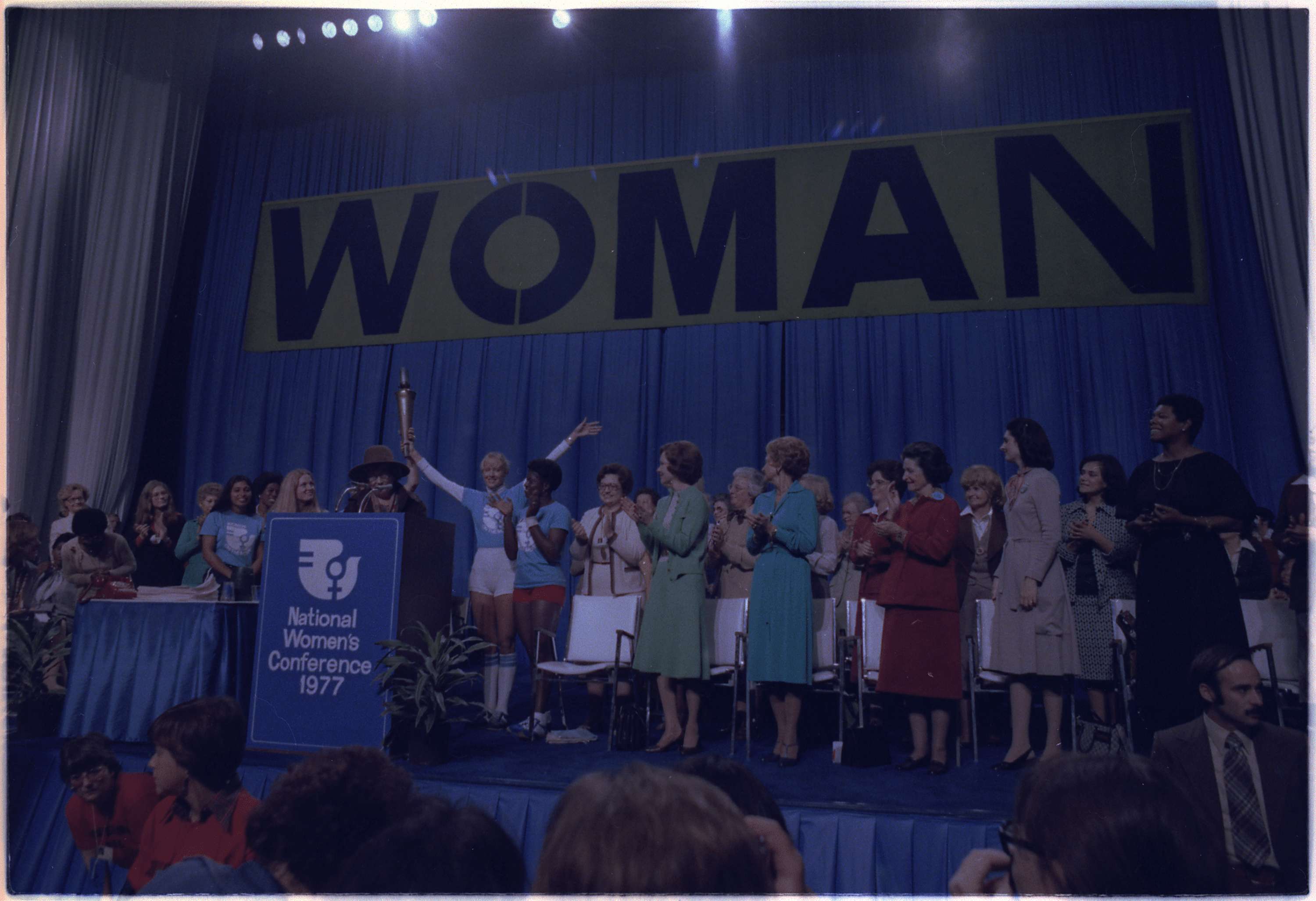
Document
Vote Registration Drive was one aspect of Black Expo, an annual exhibit of Black talent, education, products and other aspects of Black consciousness held in Chicago.
9/1973
The original caption for the photograph reads: Vote Registration Drive was one aspect of Black Expo, an annual exhibit of Black talent, education, products and other aspects of Black consciousness held in Chicago. The aim is to make Blacks aware of their heritage and capabilities, and help them towards a better life.
This primary source comes from the Records of the Environmental Protection Agency.
National Archives Identifier: 556258
Full Citation: Photograph 412-DA-13806; Vote Registration Drive was one aspect of Black Expo, an annual exhibit of Black talent, education, products and other aspects of Black consciousness held in Chicago.; 9/1973; 231/06/013806; DOCUMERICA: The Environmental Protection Agency's Program to Photographically Document Subjects of Environmental Concern, 1972 - 1977; Records of the Environmental Protection Agency, ; National Archives at College Park, College Park, MD. [Online Version, https://docsteach.org/documents/document/voter-registration-drive, April 16, 2024]Vote Registration Drive was one aspect of Black Expo, an annual exhibit of Black talent, education, products and other aspects of Black consciousness held in Chicago.
Page 1
